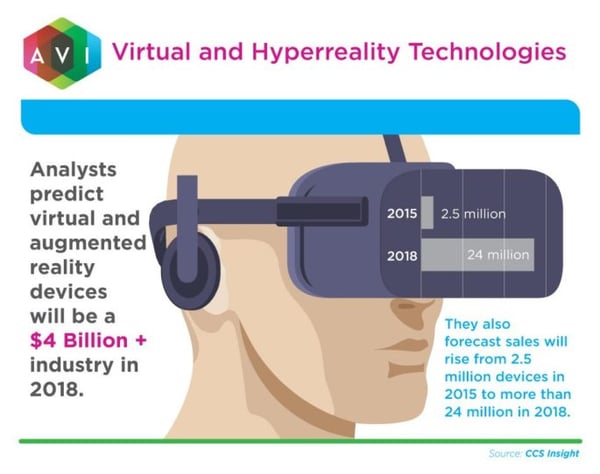Virtual reality. Augmented reality. Hyperreality. Technology is taking us from life-like experiences to enhanced reality that might seem even more real than real life.New technologies are being used for entertainment at companies like The Void. At this gaming facility, participants play on an immersive gaming stage and participants wear virtual reality audiovisual headsets and haptic vests. Another example of taking virtual reality to the extreme is the Microsoft HoloLens. It allows users to interact with holograms and digital content in what the company calls “mixed reality.”
All of this new tech can certainly serve up endless hours of entertainment. But what are the practical purposes and where is all of this taking us? Will we become so immersed that we will have trouble differentiating between fiction and reality? Will we become so disconnected from other people that we lose our compassion, interpersonal skills, or even our humanity?

Fortunately, there are many practical applications for these technologies, and the whizzes among us are hard at work finding uses in engineering, healthcare, rehabilitation, teaching, entertainment, and more. For us regular folk, this could mean significant advances in the mobile workplace because everyone will be able to work together virtually or holographically.
Some questions remain. If everything looks, feels, sounds, and smells like real life, will we have to go anywhere? And if we can interact with things that aren’t physically there, we can try things that would otherwise be too costly, too dangerous, too extreme, too far away, etc. We can then blur the lines between what can and can’t be done, and maybe even between what can and should be done.
However, it always takes time, awareness, and thoughtful effort for people to work out the uses, boundaries, and ethics of new technology. In the meantime, try them out and consider the opportunities. How would you apply these technologies to your life?








